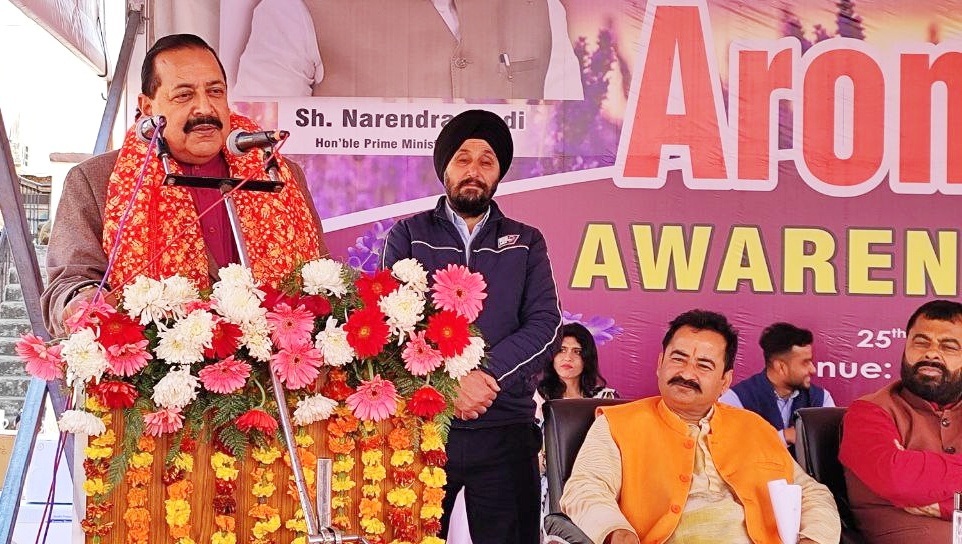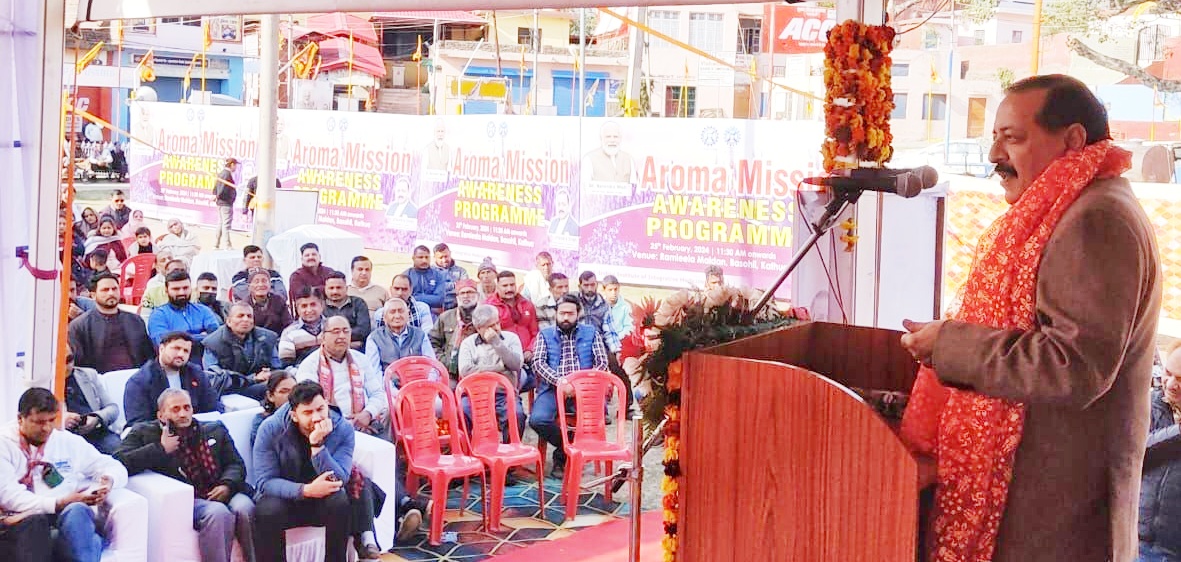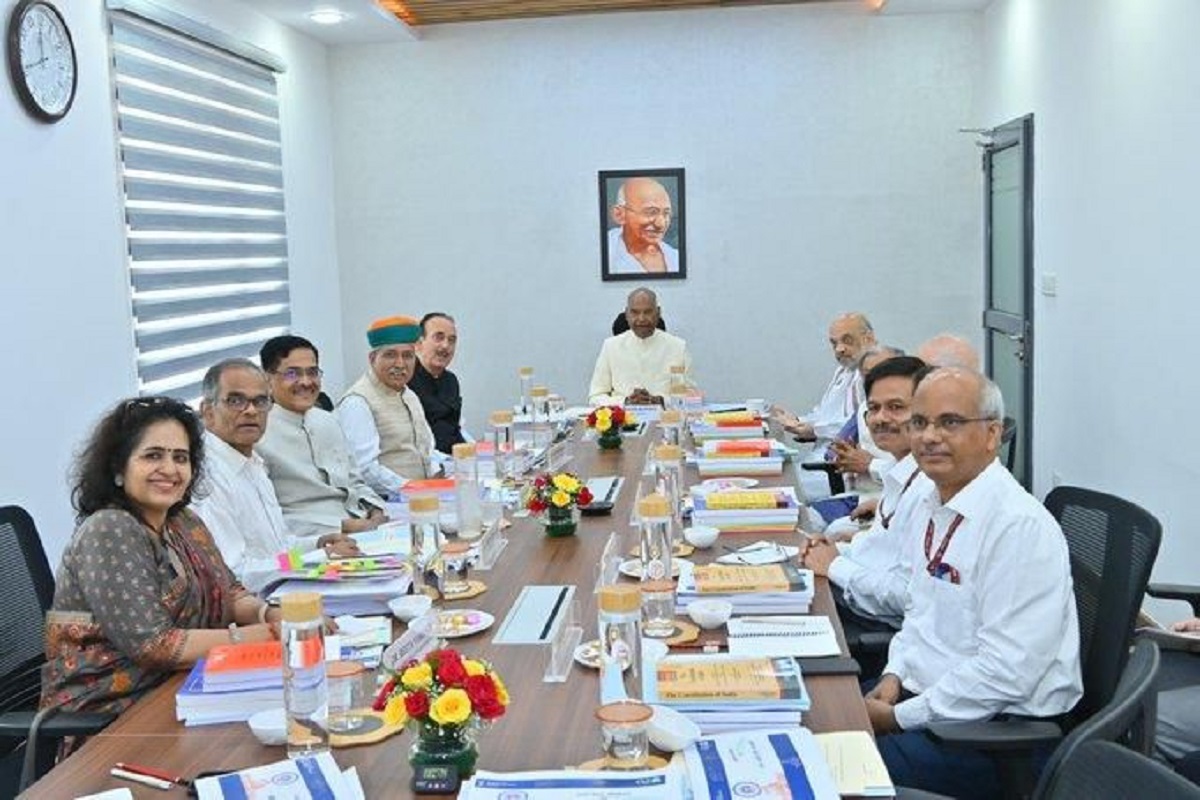Imagine a place nestled amidst the majestic Himalayas, its air crisp and vibrant, carrying the whispers of a glorious past and the burgeoning aspirations of a future brimming with possibilities. This is Basohli, a town in Jammu and Kashmir, poised to embark on a transformative journey, its melody echoing through the valleys, a symphony woven with the threads of heritage preservation, entrepreneurial spirit, and community empowerment.
 The conductor of this mesmerizing transformation is Dr. Jitendra Singh, Union Minister of State, who has recognized the town’s hidden potential. Basohli, once shrouded in the shadows of its rich history, is stepping onto the world stage, its canvas ready to be repainted with vibrant strokes. Imagine the majestic Nurpur Fort, its weathered stones – each a silent storyteller of valiant battles and forgotten dynasties – meticulously restored to their former glory. Envision the serene Ram Mandir, its intricate carvings and vibrant colours drawing pilgrims and history buffs from far and wide. Basohli’s heritage isn’t just a collection of dusty artefacts; it’s a living testament to its cultural identity, a vibrant tapestry waiting to be unveiled and shared with the world.
The conductor of this mesmerizing transformation is Dr. Jitendra Singh, Union Minister of State, who has recognized the town’s hidden potential. Basohli, once shrouded in the shadows of its rich history, is stepping onto the world stage, its canvas ready to be repainted with vibrant strokes. Imagine the majestic Nurpur Fort, its weathered stones – each a silent storyteller of valiant battles and forgotten dynasties – meticulously restored to their former glory. Envision the serene Ram Mandir, its intricate carvings and vibrant colours drawing pilgrims and history buffs from far and wide. Basohli’s heritage isn’t just a collection of dusty artefacts; it’s a living testament to its cultural identity, a vibrant tapestry waiting to be unveiled and shared with the world.
But the melody of Basohli’s renewal isn’t confined to the echoes of the past. A new harmony is about to join the composition – the uplifting aroma of entrepreneurial spirit. Basohli, the birthplace of India’s Purple Revolution in lavender cultivation, is poised to become an Aroma Startup Destination. Imagine fields bursting with fragrant blooms, not just pleasing the eye but empowering local farmers with a sustainable source of income.
Envision aroma-based businesses blossoming, harnessing the essence of these flowers to create essential oils, perfumes, and other value-added products that resonate with global markets. This isn’t just about economic growth; it’s about empowering communities, fostering a spirit of innovation, and creating a future where Basohli’s name becomes synonymous with excellence in the aroma industry.
However, the journey of renewal is rarely without its challenges. Decades of neglect have left their mark, and infrastructure development remains crucial. But with Dr Singh’s emphasis on bridging the development gap, initiatives like the Shahpur-Kandi Project promise to irrigate vast swathes of land and unlock agricultural potential, laying the foundation for sustainable growth. This is just one example of the many efforts underway to create the enabling environment for Basohli’s success.
The true strength of Basohli’s transformation lies in its focus on its people. Dr. Singh emphasizes the human element, focusing on the Poor, Farmers, Youth and Nari Shakti. Imagine government schemes empowering women entrepreneurs with the skills and resources to launch their businesses. Envision skilling initiatives equipping the youth with the tools they need to thrive in the new economy. Picture farmers receiving the support they need to adopt sustainable agricultural practices and increase their productivity. This inclusive approach ensures that everyone has a role to play in Basohli’s symphony, their voices adding richness and depth to the composition.
Basohli’s transformation transcends mere local significance; it’s a beacon of hope for other regions yearning for revitalization. It demonstrates that with a concerted effort, a clear vision, and an unwavering commitment to inclusivity, even the most neglected places can blossom. As Basohli’s symphony unfolds, its melodious notes will inspire others to create their unique compositions, enriching the cultural tapestry of India and empowering communities across the nation




